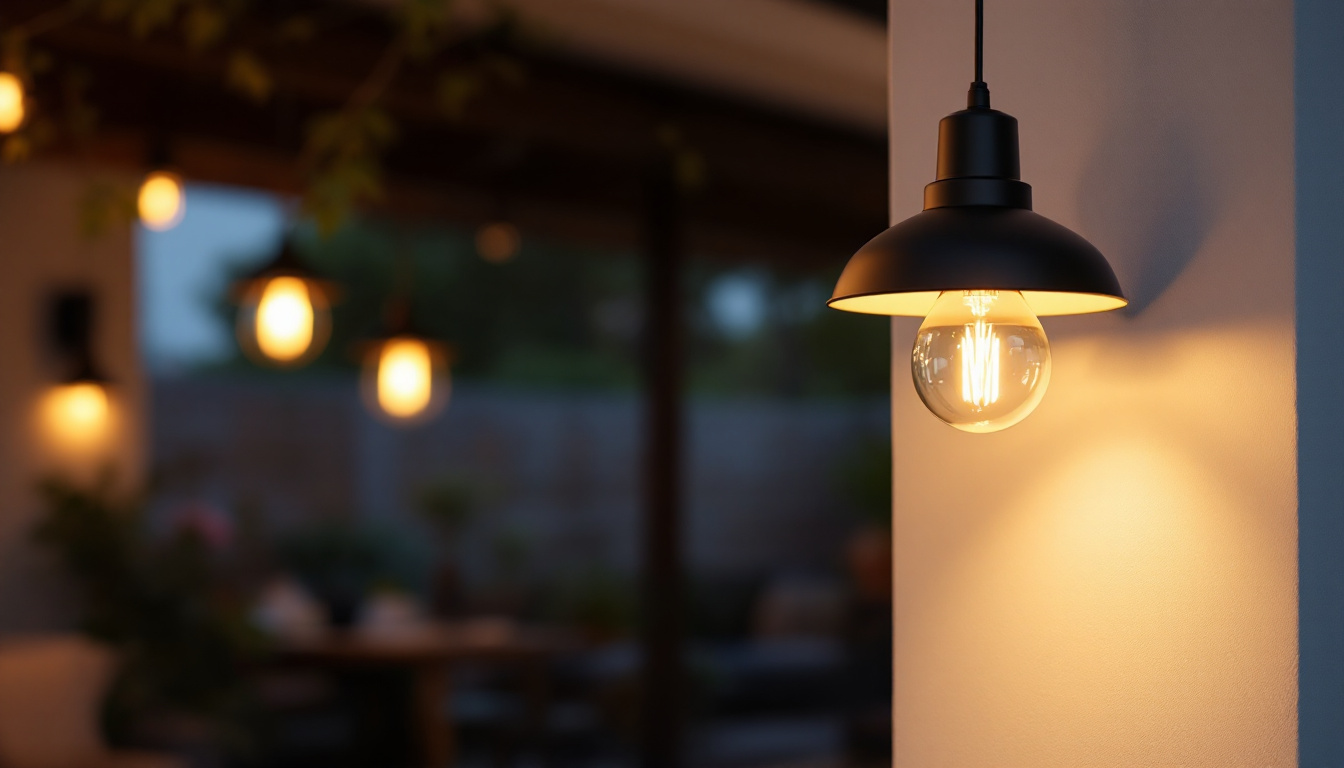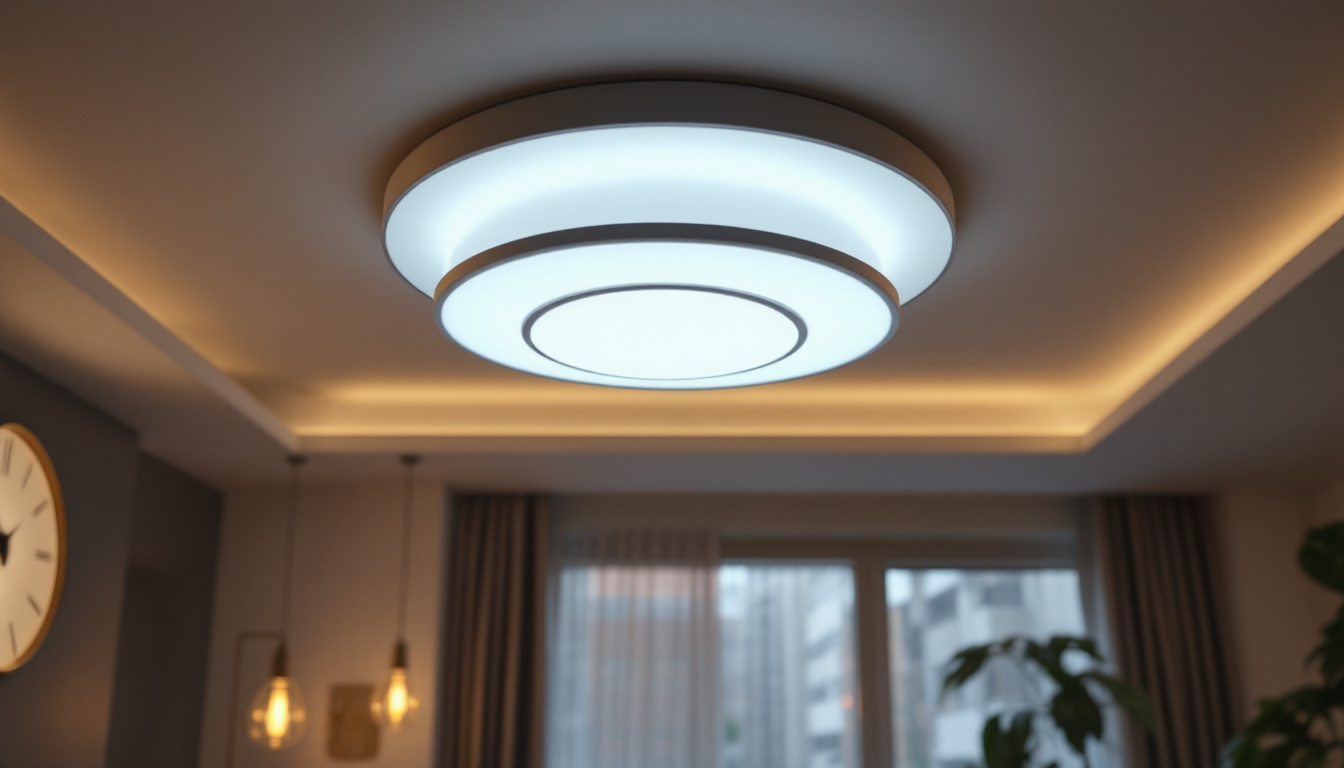
For lighting contractors, a thorough grasp of standard outlet wiring is foundational to delivering safe, efficient, and code-compliant installations. While lighting fixtures often receive the spotlight, the outlets that power them are equally critical components of any electrical system. Standard outlets, also known as receptacles, serve as the interface between the electrical supply and the devices or fixtures they power.
Standard outlet wiring involves connecting the hot (live), neutral, and ground wires correctly to ensure proper functionality and safety. The hot wire carries current from the power source, the neutral wire completes the circuit by returning current, and the ground wire provides a path for electrical faults to prevent shocks or fires. Understanding these basics is essential for contractors to avoid common pitfalls such as reversed polarity or improper grounding, which can lead to equipment damage or safety hazards.
Lighting contractors frequently encounter various types of outlets depending on the application and environment. The most common include:
Choosing the right outlet type is crucial not only for meeting electrical codes but also for ensuring the longevity and safety of lighting installations. In addition to these common types, contractors should also be aware of specialty outlets such as USB outlets, which have gained popularity in recent years due to the increasing reliance on mobile devices. These outlets provide a convenient way to charge smartphones and tablets without needing an adapter, making them particularly useful in modern homes and offices.
Moreover, understanding the load capacity of different outlets is vital for effective installation. For instance, while a 15-amp outlet is suitable for general lighting, it may not support the demands of high-wattage fixtures or multiple devices running simultaneously. Lighting contractors must evaluate the total wattage of the fixtures and devices that will be connected to ensure that the chosen outlet can handle the load without tripping breakers or causing overheating. This careful consideration not only enhances safety but also optimizes the performance of the lighting systems being installed.
Lighting contractors must evaluate several factors when selecting outlets to ensure compatibility and compliance. These considerations impact both the performance of the lighting system and the safety of end users.
One of the primary considerations is the electrical load the outlet will support. Lighting circuits often have specific amperage ratings, and the outlet must match or exceed these requirements. For instance, a 15-amp circuit should use a 15-amp rated outlet, while a 20-amp circuit requires a 20-amp outlet. Using an outlet with a lower rating than the circuit can cause overheating and pose fire risks.
Moreover, lighting contractors should calculate the total wattage of the connected fixtures to avoid overloading circuits. Overloaded circuits can trip breakers or cause voltage drops, leading to flickering lights or premature fixture failure. It is also crucial to consider the startup current of certain lighting technologies, such as LED or fluorescent fixtures, which can draw significantly more power when first turned on. This initial surge can impact circuit performance, making it essential to account for these factors during the planning phase.
Adherence to the National Electrical Code (NEC) and local regulations is non-negotiable. These codes dictate outlet placement, type, and wiring methods to ensure safety and functionality. For example, NEC guidelines specify the use of GFCI outlets in locations prone to moisture, such as outdoor lighting or bathrooms, to prevent shock hazards.
Additionally, the NEC mandates AFCI protection in many residential areas to reduce fire risks. Lighting contractors must stay current with code updates and incorporate these requirements into their outlet selections and wiring practices. Understanding the nuances of these regulations not only helps in avoiding potential fines but also ensures that the lighting installations are safe and reliable for users. Regular training and workshops can be beneficial for contractors to keep abreast of the latest changes in electrical codes and best practices.
The environment where the outlet will be installed significantly influences the choice. Outdoor lighting projects require weather-resistant outlets with appropriate enclosures to protect against rain, dust, and temperature extremes. Similarly, industrial or commercial lighting installations might demand heavy-duty outlets designed for higher durability and load.
Contractors should also consider the aesthetics and accessibility of outlets in finished spaces. For example, tamper-resistant outlets are often required in homes to enhance child safety, and decorative faceplates might be preferred in upscale residential or commercial settings. Furthermore, the integration of smart technology into lighting systems is becoming increasingly popular, necessitating outlets that can accommodate smart plugs or devices. This trend not only enhances convenience but also allows for energy efficiency through better control of lighting systems. As the demand for smart home features grows, contractors must be prepared to recommend and install outlets that support these advanced functionalities, ensuring that their clients receive the most up-to-date solutions available in the market.
Proper wiring techniques are essential to maximize safety, reliability, and ease of maintenance. Lighting contractors should adhere to industry best practices and leverage modern tools to streamline installations. By staying informed about the latest technologies and methods, contractors can not only enhance their efficiency but also provide superior service to their clients.
Correct polarity is vital to ensure that switches and fixtures operate as intended and to reduce shock hazards. The hot wire should connect to the brass-colored terminal, the neutral wire to the silver-colored terminal, and the ground wire to the green terminal or grounding screw. This fundamental understanding of wiring color codes is crucial for any contractor aiming to deliver safe and effective electrical installations.
Loose or improper connections can cause arcing, overheating, and intermittent operation. Using quality wire connectors and securing wires firmly under terminal screws helps prevent these issues. Additionally, contractors should avoid over-tightening screws, which can damage wires and reduce conductivity. Implementing torque specifications for screws can help maintain the integrity of connections while ensuring that they are secure enough to withstand the test of time.
Color coding simplifies identification and troubleshooting. Typically, black or red wires indicate hot conductors, white wires denote neutral, and green or bare copper wires represent ground. Consistent use of these colors reduces errors during installation and future maintenance. Beyond basic color coding, contractors can also adopt additional colors for specific applications, such as blue or yellow for switched legs, to further enhance clarity in complex setups.
Labeling circuits and outlets, especially in complex lighting systems, aids in quick identification and repair. Clear documentation of wiring layouts is a valuable practice that benefits both contractors and clients. Additionally, using durable, weather-resistant labels can ensure that information remains legible over time, even in environments subject to moisture or temperature fluctuations. This attention to detail not only improves safety but also fosters trust and professionalism in client relationships.
After wiring outlets, testing is a critical step to verify correct installation. Using a receptacle tester can quickly identify wiring faults such as open ground, reversed polarity, or open neutral. For more comprehensive diagnostics, multimeters and GFCI testers help ensure outlets function correctly and safely. Conducting these tests not only verifies the integrity of the installation but also provides peace of mind for both the contractor and the client.
Regular testing during and after installation reduces callbacks and enhances client satisfaction by ensuring the lighting system operates flawlessly from day one. Furthermore, documenting test results can serve as a valuable reference for future maintenance or upgrades, allowing contractors to track the performance of their installations over time. By establishing a routine of thorough testing and documentation, contractors can build a reputation for reliability and excellence in their work, setting themselves apart in a competitive industry.
The electrical industry continually evolves, and lighting contractors benefit from staying informed about new technologies that improve safety, efficiency, and convenience.
Smart outlets equipped with Wi-Fi or Zigbee connectivity enable remote control and automation of lighting circuits. These outlets can be integrated with smart home systems, allowing users to schedule lighting, monitor energy usage, and enhance security.
For contractors, installing smart outlets requires understanding both electrical wiring and network configuration. Proper grounding and surge protection remain critical to safeguard smart devices.
New outlet designs incorporate advanced safety features such as tamper-resistant shutters, self-testing GFCI mechanisms, and arc fault detection. These innovations help lighting contractors meet stricter code requirements and provide clients with safer electrical systems.
Adopting these technologies can differentiate contractors in competitive markets by demonstrating a commitment to quality and safety.
Energy-efficient outlets and wiring practices contribute to sustainable building designs. For example, using outlets that support low-voltage lighting systems or integrating occupancy sensors can reduce energy consumption.
Lighting contractors can advise clients on these options to enhance the overall efficiency of lighting installations and reduce operational costs.
For lighting contractors, selecting and wiring standard outlets is a task that demands technical knowledge, attention to detail, and adherence to safety standards. Understanding the types of outlets, evaluating electrical loads, complying with codes, and applying best wiring practices are all critical to successful projects.
Staying abreast of emerging technologies and integrating smart, safe, and energy-efficient solutions can elevate a contractor’s service quality and client satisfaction. Ultimately, the right choice of outlets and meticulous wiring ensures reliable, safe, and aesthetically pleasing lighting systems that stand the test of time.
Ready to enhance your lighting installations with the highest quality outlets and fixtures? Look no further than LumenWholesale, where we provide contractors with spec-grade lighting products at unbeatable wholesale prices. Our commitment to quality and affordability ensures that you can deliver exceptional lighting solutions to your clients without breaking the bank. With free shipping on bulk orders, you can trust that you’re getting the best value with no hidden fees. Elevate your lighting projects today by visiting Wholesale Lighting at the Best Value and experience the LumenWholesale difference.

Discover how exterior pendant lights can be a game-changer for lighting contractors looking to win more bids.

Discover why ceiling lights are essential for any successful lighting project.

Illuminate your outdoor spaces with our comprehensive guide on the best landscaping lights.

Discover essential tips and expert advice for lighting contractors on transitioning from fluorescent lights to energy-efficient LED systems.